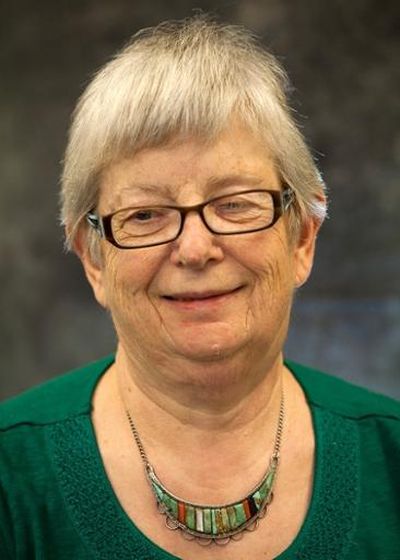Professor gives $1 million for new WSU science institute

A $1 million gift from a distinguished professor will help Washington State University researchers answer fundamental questions about the world and what it’s made of.
WSU on Wednesday announced the creation of the Alexandra Navrotsky Institute for Experimental Thermodynamics, to be part of the university’s engineering school.
A news release said the money would be used to support research, purchase new equipment and “help attract and retain outstanding Ph.D program graduate students and/or postdoctoral scholars, with preference given to women.”
Navrotsky recently made a similar gift to the University of California, Davis, where she is a distinguished professor of ceramic, earth and environmental materials chemistry. She said in an interview Wednesday that the donations “just seemed like the right thing to do” with her nest egg.
“In addition to my academic work, I’ve done reasonably well financially, just by not spending my money and investing it quietly,” she said.
Navrotsky chose to give to WSU in part because two of her former doctoral students are now professors there. She said she hopes to advance their careers as well as those of future researchers.
WSU is in the midst of its “Drive to 25” initiative, President Kirk Schulz’s effort to secure a place among the nation’s top 25 research universities.
Navrotsky started her faculty career in 1969 in the chemistry department at Arizona State University. She was a professor at Princeton for 12 years before starting at UC Davis in 1997. She has published more than 700 papers on a wide range of topics, from oxide superconductors to silicate materials in the earth’s mantle.
Navrotsky said thermodynamics play a role in many types of scientific inquiry. The goal, she said, is to understand how materials behave in various conditions, how they can be produced efficiently and how new ones can be developed.
“How did they get there? How do you make them? And furthermore, how do they change and what happens to them over time?” she asked.
For example, the “long-term stability” of new compounds that are common in various electronic devices “is still a big question,” she said.
“There’s still much more that we don’t know than we do know.”